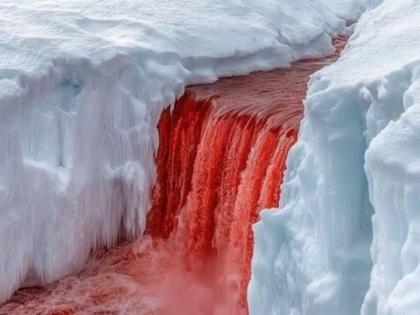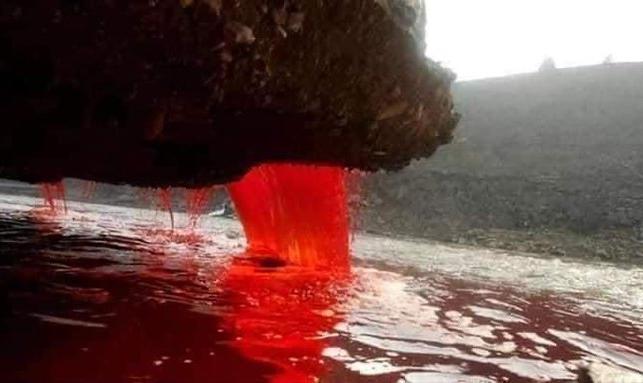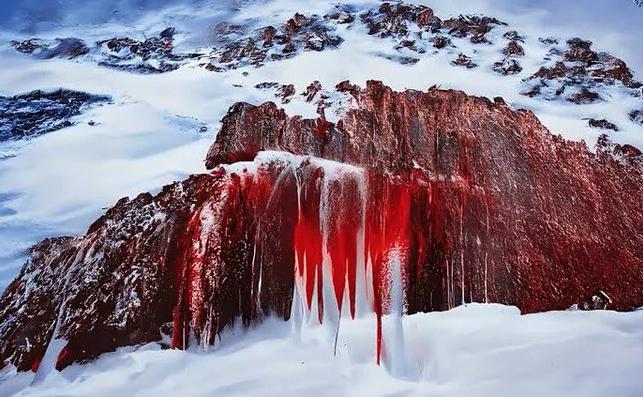Blood Falls: Scientists Unveil the Secret Behind Taylor Glacier Red Waterfall in Antarctica
By Lokmat English Desk | Updated: January 30, 2025 15:31 IST2025-01-30T15:18:46+5:302025-01-30T15:31:16+5:30
Taylor Glacier's Fall, which flows in the Antarctica region into Lake Bonney, was a mystery for years of its ...

Blood Falls: Scientists Unveil the Secret Behind Taylor Glacier Red Waterfall in Antarctica
Taylor Glacier's Fall, which flows in the Antarctica region into Lake Bonney, was a mystery for years of its Blood Falls. The natural waterfall was puzzled to solve for its bleeding nature. 100 years ago, the Blood Fall was discovered, and its colour nature captured curiosity among visitors.
Australian geologist Thomas Griffith Taylor in 1911 came to know something unusual while exploring Taylor Glacier. He found a waterfall which is different from others in icy landscape, he saw a steam of waterfall blowing in a red colour, making this as unforgettable sight.
This discovery led to scientific research into Blood Falls to find out the mystery of its unusual colour, like blood, and where it came from. Many scientists and researchers for years unable to find the exact reason for the blood waterfall.
In the initial research, they thought it was red algae that might be the cause, but further research proved otherwise. The latest study found that the red colour in the water comes from iron-rich water that's been sealed under the glacier for millions of years. When this water finally reaches the surface and meets oxygen, it goes through oxidation—basically, the same process that makes metal rust—giving the waterfall its eerie, blood-like appearance.
Blood Falls flow even in extreme cold conditions, where temperatures often drop to -19°C—far below water’s normal freezing point and stay liquid despite Antarctic conditions. While it looks impossible for water to flow in such conditions, in 2003, researchers found the answer. The water is packed with salt, almost twice as much as seawater. This high salt content lowers its freezing point, keeping it liquid even in sub-zero temperatures. This explains how the waterfall keeps flowing despite the icy environment.
Open in app
